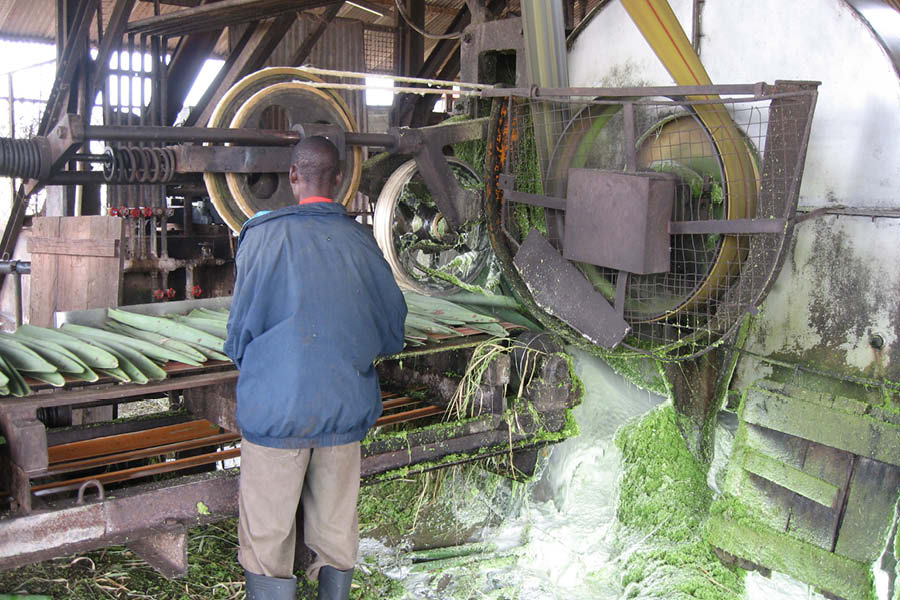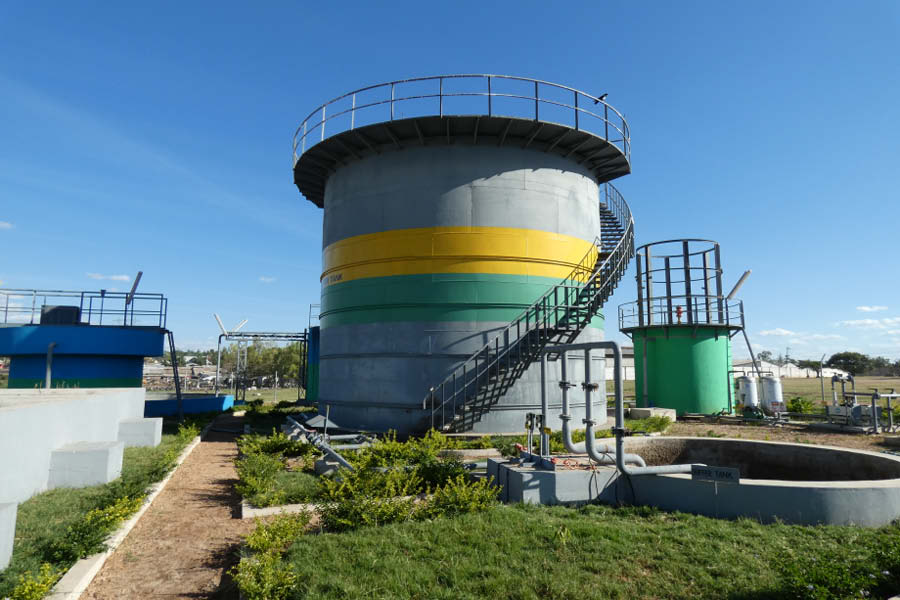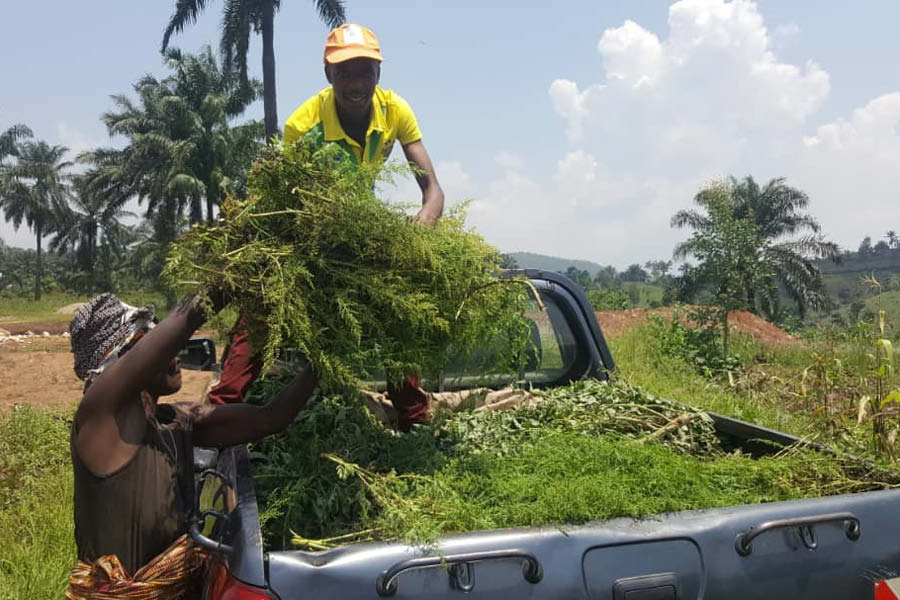The 2024 report on ”The State of the Bioeconomy in Eastern Africa”, prepared by the Stockholm Environment Institute, the East African Science and Technology Commission (EASTECO), and the International Centre of Insect Physiology and Ecology (ICIPE), and part of the BioInnovate Africa Programme, expands on the groundwork laid in the first report released in 2022. The original report offered a general overview of the bioeconomy in the region while the 2024 edition places a particular emphasis on food security and sustainable agriculture.
The advancement of a bioeconomy in the region offers a transformative chance to enhance rural livelihoods by driving sustainable economic growth, boosting food security, and fostering environmental stewardship. It has immense potential to positively impact rural communities throughout the region, connecting smallholder farmers to new types of value chains and new market opportunities.
This report focuses on East Africa because the region presents a promising avenue for sustainable biobased economic growth and development because of its abundant natural resources. Developing a bioeconomy supports the region’s goals for industrialization and diversification, offering new growth opportunities and advancing the Eastern African Countries (EAC) Vision 2050.
What is a bioeconomy?
In the last 20 years, the global recognition of the sustainable and circular bioeconomy’s role in transforming various sectors of the economy has significantly increased.
The International Advisory Council on Global Bioeconomy defines a bioeconomy as “a knowledge-based production and utilization of biological resources, biological processes and principles to sustainably provide goods and services across all economic sectors” (International Advisory Council on Global Bioeconomy, 2023).
The bioeconomy offers key components for strategies aimed at enhancing the value of bioresources, such as biowaste, while also addressing climate change mitigation and adaptation, and combating the broader issue of biodiversity loss.
The global bioeconomy is fueled by multiple factors highlighting the increasing awareness of biological resources’ crucial role in promoting sustainable development and economic growth. Some of the key drivers include resource scarcity and sustainability concerns, optimising use of biomass, rural development, economic diversification and building value around local bioresources, climate change mitigation and adaptation and circular economy principles.


